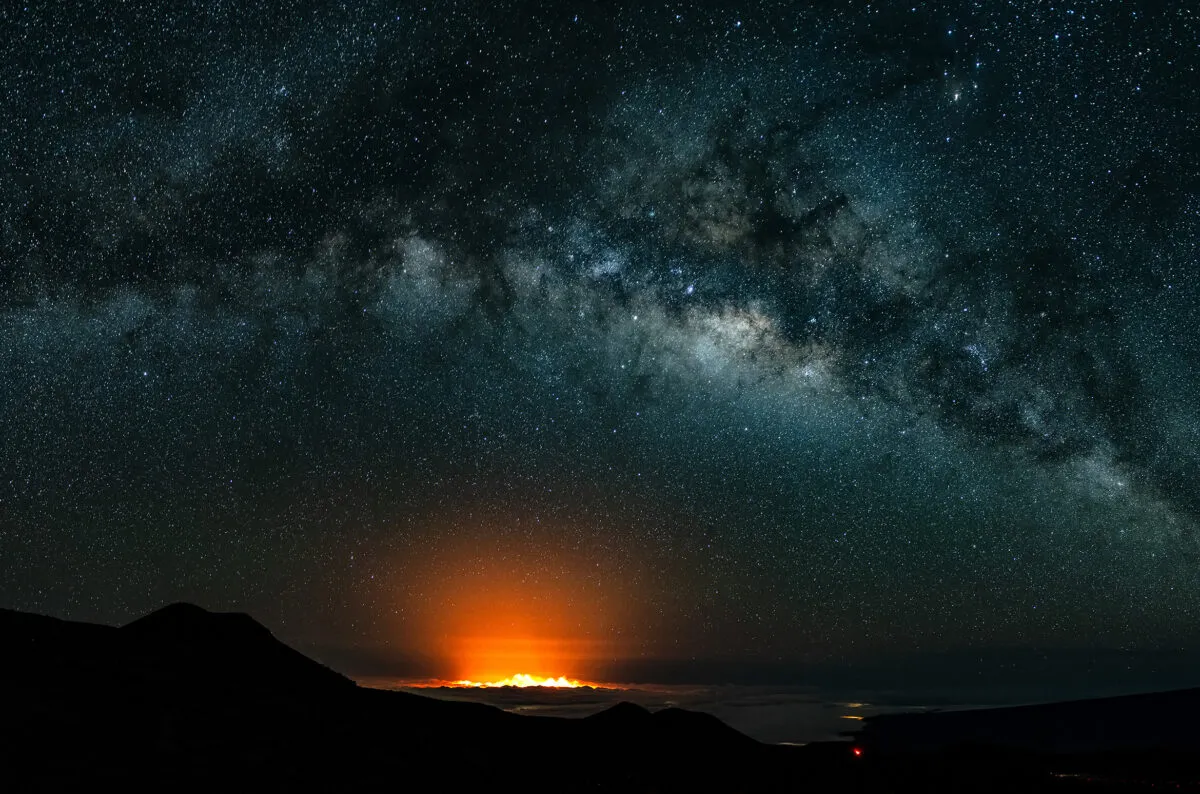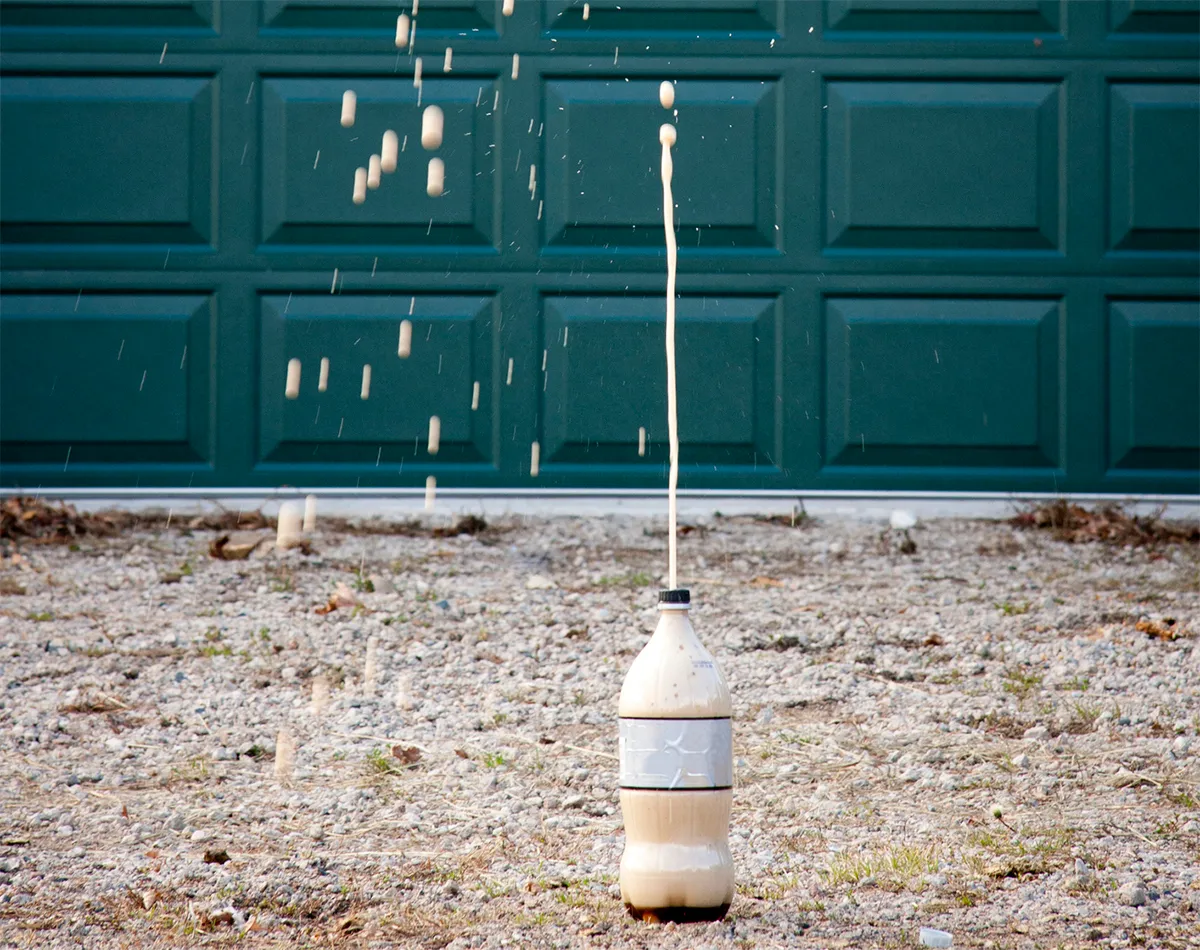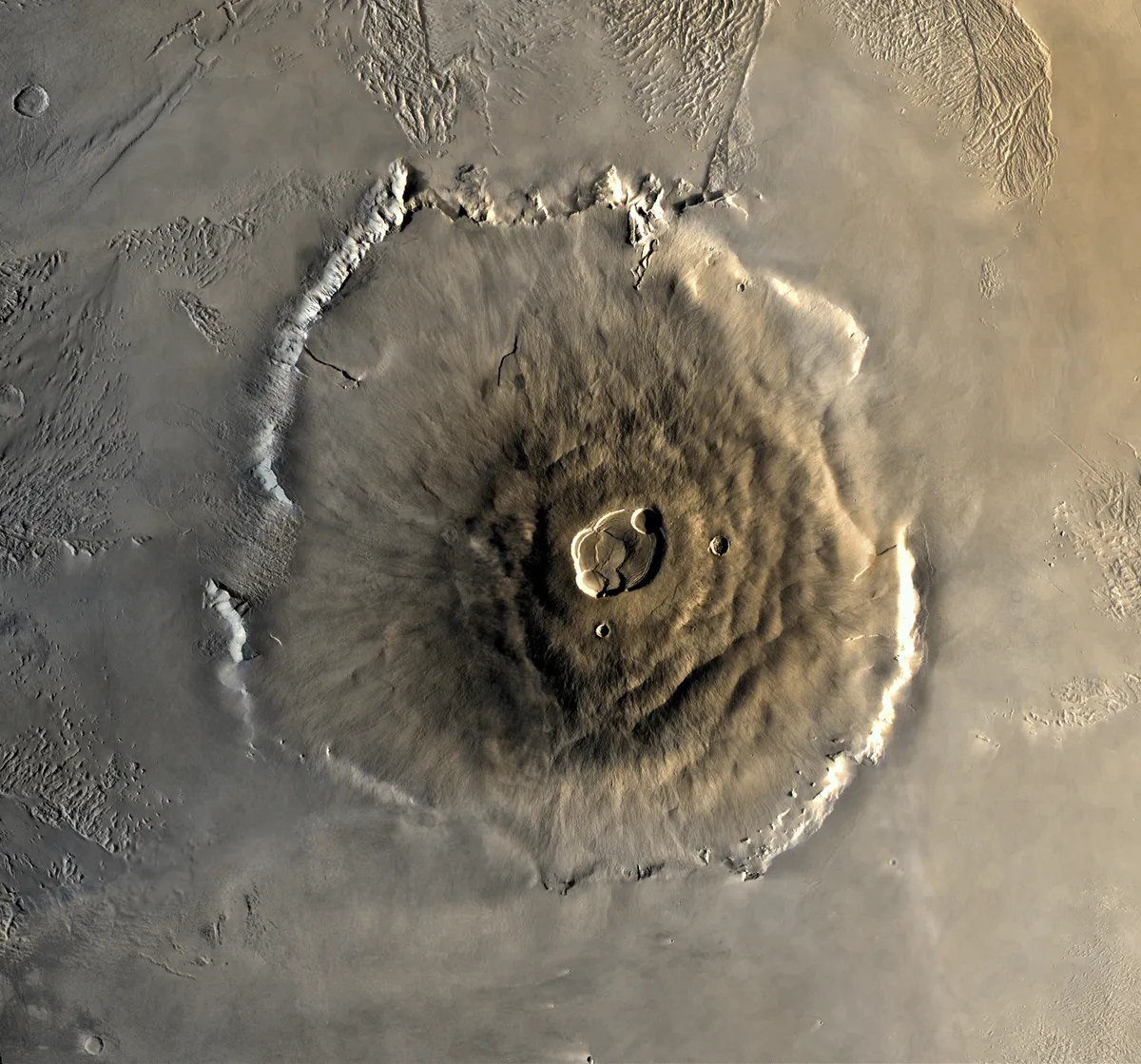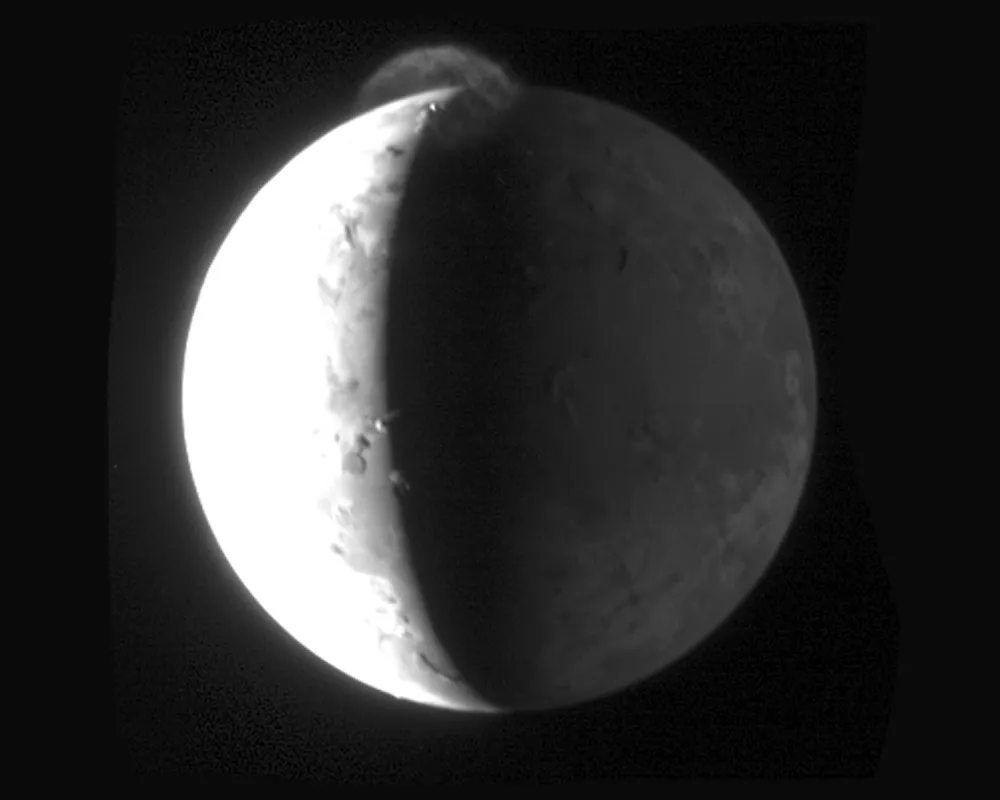I have always been in awe of volcanoes and my first ever encounter with an active one did not disappoint.
I took a post-sunset trip to Mauna Kea in Hawaii, the tallest volcano on Earth.
It seemed amazing (and a little scary) that I could stand with my feet just a few inches from the lava flow.
So close, in fact, that in the dark of night I could see the glow of the lava and feel a flush in my cheeks caused but the heat radiating from the flow.
For more on space volcanoes, read our interview with scientist Natalie Starkey.

A very simple way to look at what causes a volcanic eruption is to analyse the classic diet cola and mints experiment.
The cola represents the magma (liquid rock) and just like the magma in a real volcano it has large volumes of gas dissolved into it.
The mints represent crystals that have cooled and condensed out of the magma.
Both the mints and the crystals act as activation sites, where bubbles form on rough surfaces.

As the bubbles come out of solution, a cascade effect ensues and more of the gas is drawn out too.
The bubbles adhere to the rough surface of the mints (or crystals), reducing their overall density and causing them to rise through the solution.
The discharged gas increases the volume contained within the bottle (or volcano), increasing the pressure in the system until that pressure is released by the gas (or magma) shooting out of the top of the bottle (or volcano).
Volcanoes beyond Earth

Earth’s volcanoes are impressive, but we are also are finding more and more of them out in the Solar System.Looking out at our nearest neighbours, Mars takes the prize for the largest.
The now extinct Olympus Mons stands 25km tall. Mauna Kea rises only 4.2km above sea level; even measured from Earth’s crust below the water line, it’s just 9km.
Radar images show that Venus is peppered with volcanoes, most relatively flat compared to the ones seen on Earth and Mars.
Until recently it was thought that the volcanoes on Venus were inactive, but measurements taken by ESA’s Venus Express revealed significant changes in the levels of sulphur dioxide in the atmosphere.

Here on Earth the only naturally occurring source of sulphur dioxide is volcanoes.
This, coupled with the transitory hotspots that appear on the surface, seems to give strong evidence that there are in fact active volcanoes on Venus.
Moving farther out we have found still more eruptions, but these stem from cryovolcanoes.
Instead of molten rock, these volcanoes erupt with cold or frozen gases such as water, ammonia or methane.
One of the pictures taken by New Horizons as it made its way to Pluto shows a huge jet of material thrown into space from the Galilean moon Io, Jupiter’s fourth largest moon.
Volcanoes on Io was discovered by planetary scientist Linda Morabito, who was working on the Voyager mission at the time.

New Horizons also took images of volcanoes on both Pluto and Charon.
The mechanism by which some of these smaller bodies are able to generate the heat required for these outbursts is still a mystery.
But we are finding more and more incidents of volcanism in the Solar System and these will hopefully provide the evidence we need for robust theories in the future.
This article originally appeared in the November 2015 issue of BBC Sky at Night Magazine.
